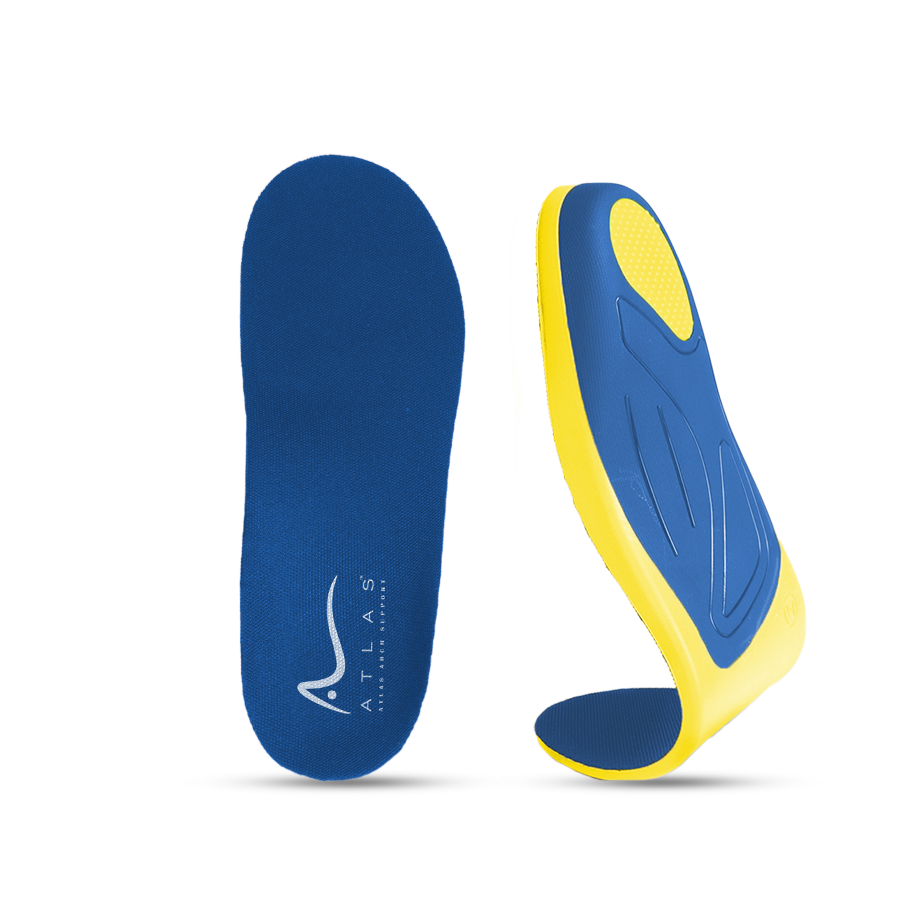Flat feet, a condition where the arches of the feet are lowered or completely flat, can lead to discomfort, pain, and imbalance. While some individuals with flat feet experience no symptoms, others may encounter issues that affect their daily activities and overall quality of life. Fortunately, specific exercises can help manage symptoms, improve foot function, and potentially reduce discomfort associated with flat feet. This article explores effective exercises designed to strengthen and support flat feet.
Understanding Flat Feet
Flat feet, or pes planus, occur when the arches on the inside of your feet are flattened, allowing the entire sole to touch the floor when you stand up. This condition can be congenital (you're born with it) or develop over time due to age, injury, or wear and tear on the feet.
Benefits of Exercises for Flat Feet
Exercises specifically designed for flat feet focus on strengthening, flexibility, and support, addressing the common issues associated with this condition. By engaging in a targeted exercise regimen, individuals with flat feet can experience a range of benefits that contribute to both the health of their feet and their overall well-being.
1. Improved Foot and Ankle Stability
Strengthening Key Muscles
- Targeted exercises work to strengthen the muscles in the feet and lower legs, particularly those that support the arches and contribute to foot stabilization.
- Increased muscle strength in these areas helps to stabilize the foot during movement, reducing the risk of injury and improving mobility.
Enhancing Joint Support
- Exercises that focus on the ankle and foot joints can increase their stability, making it easier to perform daily activities and engage in physical exercise without discomfort or fear of injury.
2. Enhanced Arch Support
Building the Arch Structure
- Specific exercises can stimulate the muscles and tendons that lift and support the arches of the feet, potentially preventing further flattening.
- Consistent practice may even lead to a slight increase in arch height for some individuals, depending on the flexibility and condition of their foot structures.
Promoting Healthy Foot Mechanics
- Improved arch support leads to more natural foot mechanics during walking and running, which can reduce strain on other parts of the body caused by compensatory movements.
3. Reduced Pain and Discomfort
Alleviating Stress on the Feet
- Strengthening and stabilizing exercises reduce undue stress on the feet by improving the way they bear the body's weight.
- Regular exercise can diminish the chronic pain and discomfort often experienced by individuals with flat feet, especially in areas like the heel and arch.
Addressing Associated Conditions
- Exercise routines can also help manage symptoms of conditions often associated with flat feet, such as plantar fasciitis or Achilles tendonitis, by improving foot structure and function.
4. Better Balance and Posture
Improving Proprioception
- Exercises that enhance foot strength and flexibility also improve proprioception, or the body's ability to sense its position in space, leading to better balance.
- Enhanced proprioception makes it easier to maintain proper posture and alignment, not just in the feet but throughout the entire body.
Contributing to Overall Stability
- A stable base of support in the feet is crucial for maintaining balance and proper posture. By strengthening the feet and ankles, individuals can enjoy improved stability, making everyday activities and physical exercises safer and more effective.
Effective Exercises for Flat Feet
1. Arch Lifts
Arch lifts focus on strengthening the arches of your feet, promoting flexibility and stability.

- How to Do It: Stand with your feet shoulder-width apart. Keep your toes flat on the ground and lift your arches as high as possible by rolling your weight to the outer edges of your feet. Hold for a few seconds, then release. Repeat 10-15 times.
2. Toe Raises
This exercise targets the muscles in the toes, feet, and calves, supporting the arches.

- How to Do It: Stand upright and lift all your toes off the ground, keeping your heel firmly planted. Hold for a few seconds, then lower your toes back down. Perform 10-15 repetitions.
3. Heel Stretches
Heel stretches can help alleviate tightness in the Achilles tendon and calf muscles, which is common in people with flat feet.

- How to Do It: Stand facing a wall with one foot in front of the other. Keep your back heel on the ground and gently lean forward until you feel a stretch in your back leg's calf and heel. Hold for 15-30 seconds and switch legs. Repeat 2-3 times on each leg.
4. Towel Curls
Towel curls improve toe flexibility and strengthen the muscles under the arches.

- How to Do It: Place a towel flat on the floor and sit in a chair in front of it. Use your toes to grab the towel and curl it towards you. Release and repeat 10-15 times.
5. Ankle Inversions
Ankle inversions strengthen the muscles on the inside of your ankles and legs, supporting the arches.

- How to Do It: Sit on a chair and lift one foot off the ground. Rotate your foot inward, so your sole faces your other leg. Hold for a few seconds, then return to the starting position. Perform 10-15 repetitions on each foot.
Incorporating Exercises into Your Routine
For best results, incorporate these exercises into your daily routine. Consistency is key to seeing improvements in foot strength and arch support. Always start with a warm-up to prepare your muscles and prevent injury. If you experience pain or discomfort while performing these exercises, stop immediately and consult with a healthcare professional.
Conclusion
While flat feet can be a source of discomfort for many, incorporating targeted exercises into your daily routine can offer significant relief and improve foot health. By strengthening the muscles that support your arches, you can enhance stability, reduce pain, and enjoy a more active lifestyle. Remember, patience and consistency are crucial as improvements may take time. If you're concerned about your flat feet or experience persistent pain, seeking advice from a podiatrist or physical therapist is recommended to receive personalized guidance and support.




